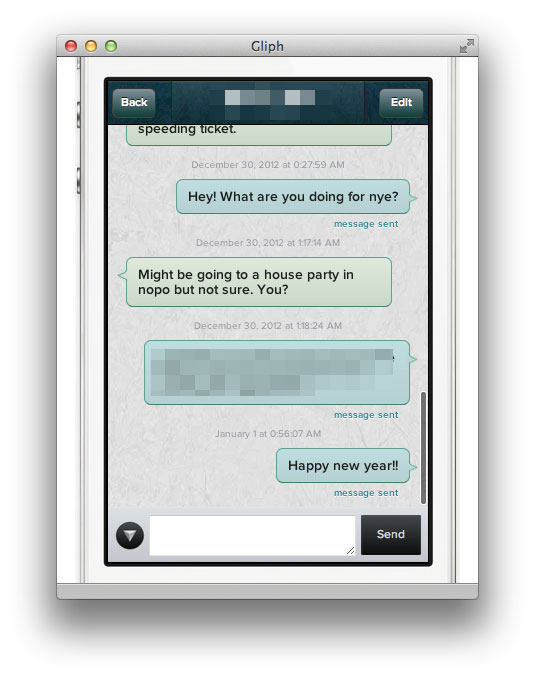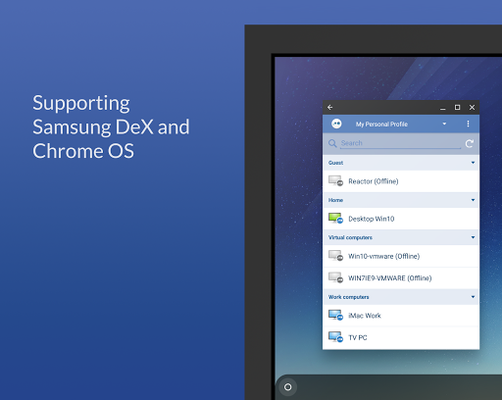
We’ll take a deep dive into how magic links work, on a technical level review the security implications of using them and look into how they improve the customer’s experience. The whole process of authentication with a magic link involves the user providing their email, then clicking said “magical link” to log in. Magic links provide a way for users to authenticate without a password.
#Os xlog into user session password#
With passwordless authentication you can avoid password fatigue by authenticating without-you guessed it-a password. With a password manager, you have to remember only a single password to access a vault of your other passwords. Two of the most popular are password managers, like 1Password and Dashlane, and passwordless authentication. Humans just can’t remember hundreds of strong passwords. Over 60% of survey respondents admitted to reusing passwords in some capacity. Assuming the average American practices good account security hygiene, each of those accounts should have a unique, hard-to-guess password. ĭefine how many minutes of inactivity must pass before a user or Administrator is logged out.The average American’s email address is associated with upwards of 130 online accounts (according to this Digital Guardian survey). If you disable this option and a user ends a session, they must log in again the next time they try to access Sisense. Show "Remember Me" checkbox on Login screen: Toggle to remove the Remember Me checkbox from the Login screen.You can enter 0 so your users' sessions don't expire, as long as they have the cookie. Expiration(days): The number of days that must pass for a user’s session to end.This is the default behavior for Sisense. In the Session Management area, select the method you want to use for defining when a user’s session ends:ĭefine how much time must pass before a user’s session is ended, according to the user’s cookie.In Sisense, open the Admin tab and click Security Settings.If you have implemented SSO, your users will be logged out and redirected to the IdP to re-authenticate. When a user’s session ends, the next time the user tries to perform an action in Sisense, a message is displayed that the session has ended and they're prompted to log in again.Īfter making any changes to your users’ session timeout settings, all of your users’ sessions are terminated and they're required to log in again. Sisense provides two methods for ending a user session, according to the user’s cookie or by the amount of session inactivity as recorded by Sisense. The session cookie allows the user to remain logged in and authenticated even after ending a session for seven days.įor security reasons, you might want to end your user’s session sooner. When a user signs into Sisense, a session cookie is stored in their browser. The next time the user performs an action in Sisense, they're redirected back to the Login page. For the relevant user, click and confirm that you want to revoke the session by clicking Revoke.As you begin to type, the results are filtered. You can click and enter the user’s information in the Search field to locate the user quickly. Locate the relevant user in the Session table.In the Admin tab, click Sessions Table in the menu.When a user’s session ends, the next time the user tries to perform an action in Sisense, a message is displayed that the session has ended and your users are prompted to log in again. Revoking the session ends the user’s current session. Revoking a Sessionįrom the Session Table, you can revoke a user’s session. User session in Sisense Mobile aren't included in the Session Table. To view which users have the most sessions currently open, click the Current Sessions table heading, which sorts it numerically. Users can open multiple tabs in their browser to open multiple sessions, or by sharing their account information with other users. If you believe that a user is abusing their license, you can check the Current Sessions column to see how many sessions they currently have open. For example, if you need to declare some downtime, you can view the currently logged in users and end their sessions manually by revoking their session. The Session Table is useful for monitoring who is currently logged in and who might be abusing their license. Session Duration: The amount of time from the first session until now.Current Sessions: The number of sessions the user has open.


Domain: The part of the user’s email address after the sign.The Sessions Tables provides the following information about currently logged-in users:

Use the Session Table to view a list of all the users currently logged into your Sisense account.


 0 kommentar(er)
0 kommentar(er)
